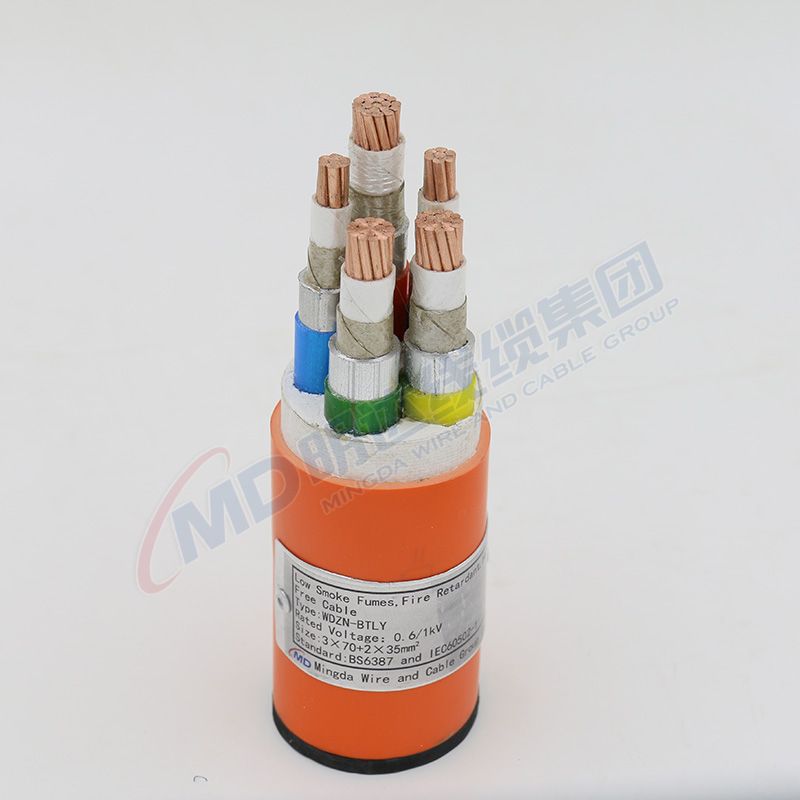Dec . 05, 2024 13:02 Back to list
air release valve
Understanding Air Release Valves Function, Importance, and Applications
Air release valves (ARVs) are essential components in various fluid management systems, particularly in water and wastewater treatment facilities, irrigation systems, and industrial processes. Their primary function is to remove trapped air from pipelines, which can cause various operational issues if not managed properly. In this article, we will delve into the importance of air release valves, their working mechanism, types, and applications.
The Importance of Air Release Valves
Trapped air in pipelines can lead to several problems. It can reduce the efficiency of fluid flow, cause pressure fluctuations, and, in some cases, even lead to catastrophic failures in the system. The presence of air pockets can result in cavitation, where vapor bubbles form and collapse violently, leading to damage to pumps and other equipment. By systematically venting air from pipelines, air release valves help maintain optimal pressure and flow conditions, thereby enhancing the overall efficiency and safety of fluid systems.
How Air Release Valves Work
Air release valves are typically installed at high points in a pipeline system, where air is likely to collect. They operate on a simple principle when the fluid level in the pipeline drops below a certain threshold, the valve opens to allow air to escape. Once the air has been vented, the valve closes automatically to prevent fluid from leaking out. This process not only prevents air accumulation but also ensures that the fluid flows unimpeded throughout the system.
The design of air release valves can vary, but most include a float mechanism that triggers the opening and closing action based on liquid levels. When the liquid rises, the float rises with it, pushing against the valve seat and closing it. Conversely, when the liquid level falls and air accumulates, the float drops, opening the valve and allowing air to escape.
Types of Air Release Valves
There are several types of air release valves, each suited to different applications
air release valve

1. In-line Air Release Valves These are placed directly in the pipeline and are commonly used in services where a consistent flow and pressure are necessary.
2. Combination Air Valves These valves combine the functions of air release and air intake. They not only release trapped air during operation but also allow air to enter when the system is drained, preventing vacuum conditions that could damage the pipeline.
3. Automatic Air Release Valves These are engineered to open and close automatically based on a predefined pressure condition. They are equipped with pressure-sensitive mechanisms, ensuring that they function effectively across varying operational conditions.
Applications of Air Release Valves
Air release valves find wide-ranging applications across various industries. In water distribution systems, they help maintain steady flow rates and prevent pressure surges. In wastewater treatment plants, they prevent air accumulation in sewage lines, which could lead to odors and flow disruptions.
Moreover, in the agricultural sector, air release valves are crucial for irrigation systems where proper water flow is vital for crop health. Their use also extends to industrial processes where fluids must be transported under controlled conditions, preventing air pockets that could interfere with manufacturing processes or product quality.
Conclusion
Air release valves are indispensable components in fluid management systems. Their ability to vent trapped air prevents flow disruptions, equipment damage, and potential system failures. Selecting the right type of air release valve based on the specific application is crucial for optimizing performance and ensuring operational safety. As industries continue to evolve and seek more efficient ways to manage resources, the role of air release valves cannot be overstated. They stand as a testament to the importance of engineering solutions in achieving efficient and reliable fluid management in both today’s and tomorrow’s infrastructures.
Share
-
Reliable Wafer Type Butterfly Valves for Every IndustryNewsJul.25,2025
-
Reliable Flow Control Begins with the Right Ball Check ValveNewsJul.25,2025
-
Precision Flow Control Starts with Quality ValvesNewsJul.25,2025
-
Industrial Flow Control ReliabilityNewsJul.25,2025
-
Engineered for Efficiency Gate Valves That Power Industrial PerformanceNewsJul.25,2025
-
Empowering Infrastructure Through Quality ManufacturingNewsJul.25,2025